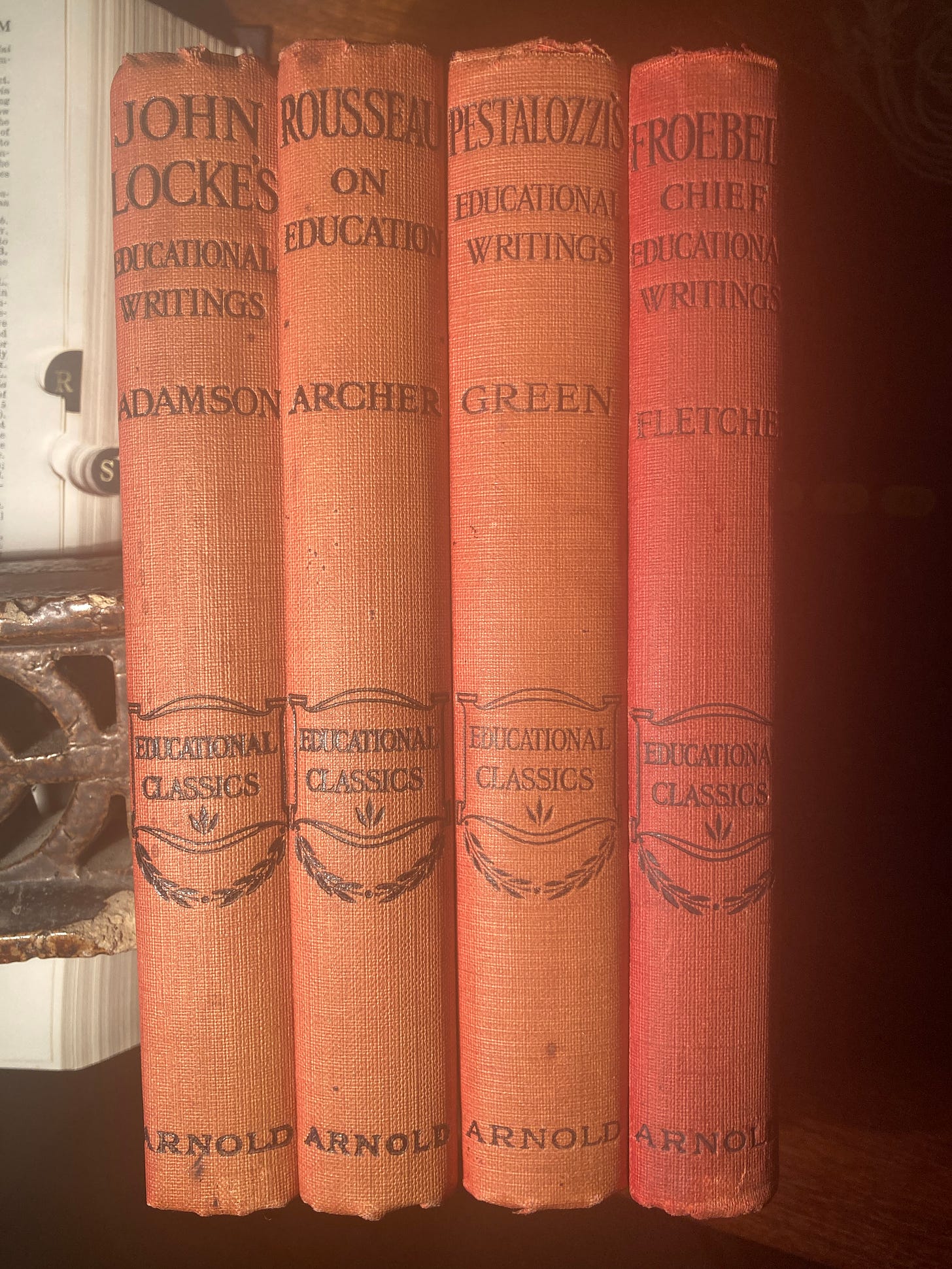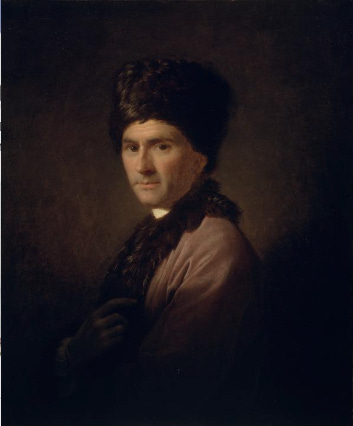1.
A boy sits up the back of the Year 10 English class, his face hidden by a dark hoody. Though the term is several weeks old, he has not written a word and the only time the teacher has heard him speak was during an awkward exchange a week or so ago.
The boy’s name is Zeph, and he’s one of the main characters in The Worlds of Harriet Henderson.
What might move the spirit of such a young man, his teacher Molly wonders. Are there some students who, for whatever reason, have shut down emotionally and will never be reached? Or is there something essential about human nature that means there’s a part of him, buried perhaps but there nonetheless, that wants things to be different? What might quicken the soul of a student like Zeph?
2.
The professional education of teachers - both pre-service and in-service - tends to steer clear of the philosophical, of questions about human nature. There’s a preference, instead, for the practical, the teachable, and the assessable. Official professional teaching websites and university curricula tend to focus on such things as:
teaching content,
knowing students and how they learn,
adapting content to individual needs,
planning lesson and assessing students,
reflecting on practice and effectively communicating with students, parents and colleagues,
building resilience and the capacity to respond to change,
engaging with their profession, their school and the community.
Philosophical questions - What is learning? Is learning natural? What moves the soul? - tend to be seen as too waffly, not down-to-earth enough in these days of the observable outcome.
3.
It wasn’t always like this.
When, in the late 1960s, I told my Aunt Enid and Uncle Frank, both teachers, that I’d decided to follow in their footsteps, they gave me four books from their extensive educational library.
The author of each book had a philosophical view on what my focus as a young teacher should be. For the rationalist Locke, it was all about cultivating a clear and rational mind, and his lack of interest in the emotional life and the unconscious meant that I found the thoughts of the other three more interesting.
Rousseau was interested in cultivating the student’s natural curiosity and love of learning.
Emile [the child who is the focus of Rousseau’s inquiry] has little knowledge, but what he has is truly his own; he knows nothing by halves. Among the few things he knows and knows thoroughly, the most important is that there are many things, of which he is now ignorant which he may one day know that there are many more known to others which he will never know; and there is an infinity of others which no one will ever know … Once again I say, my object is not to furnish his mind with knowledge, but to teach him the method of acquiring it when necessary, to lead him to know its exact value, and to inspire him above all with a love of truth. (p176)
For Froebel, there existed in every living thing a natural urge to reveal its essence, which was the divine spirit.
[Too often] the young child is treated as wax or clay which can be moulded into any form. Why does man, wandering through gardens and fields, meadows and groves, fail to open his mind, and refuse to listen to the lesson which nature silently teaches? See how the weed, growing amid obstacles and restraints, scarcely gives a hint that it obeys an inner law. Then look at it growing in the open field, and see what conformity to law it shows, what harmonious life in all its parts. (p33)
Pestalozzi, too, reflected the Romantic turn towards contemplating the nature of the natural world, to which humans belonged. The teacher, he wrote, is like the gardener.
It is like the art of the gardener under whose care a thousand trees blossom and grow. He contributes nothing to their actual growth; the principle of growth lies in the trees themselves. He plants and waters, but God gives the increase. It is not the gardener who opens the roots of the trees that they may draw food from the earth; it is not he who divides the pith from the wood and the wood from the bark, and thus helps forward the development of the separate parts, from the root right up to the outermost twig, and hold them together in the eternal unity of their being, thereby producing the final object of their existence - namely, the fruit. Of all this he does nothing; he only waters the dry earth that the roots may not strike it as stone. He only drains away the standing water that the tree may not suffer. He only watches that no external force should injure the roots, the trunk, or the branches, of the tree, or disturb the order of Nature in which the several parts combine to insure the success of the tree. So with the educator: he imparts no single power to men. He gives neither life nor breath. He only watches lest any external force should injure or disturb. (p195)
Each of these philosophers was suggesting, each in his own way, that the gaze should be lifted upwards, in order to see better what is true about the fundamental nature of things.
4.
As a young teacher in the 1970s, struggling with unruly classes and apparently unreachable students, I felt the pressure from some older colleagues to bunker down, to focus my attention on classroom management techniques, on a system of rewards and punishments.
Instead, encouraged by incidents like the one described in the post The Sticky Tape Poem, I was drawn to contemporary big picture thinkers; to writers like A.S. Neill, John Holt, Neil Postman, David Holbrook and Sylvia Ashton-Warner. These were writers who encouraged me to step back, to see beyond the muddle and turmoil of my worst lessons, and to look out for the basic human urge to connect and to grow. What would happen, they seemed to say to me, if one stood back a little, and then allowed students to ask questions that mattered to them? What would happen if I allowed myself to trust that, given the right kind of encouragement, they would find their way towards greater understanding, engagement and growth?
These contemporary philosophers of education, were helping me to lift my gaze up from the mess of the failed lesson, and to see - dimly at first to be sure - what turned out to be a more potent way of thinking about human nature and a more pleasurable way of practising pedagogy.
5.
And so to return to Zeph.
What might quicken the soul of a student like Zeph? What might encourage him to push back the hoody, to lean forward in his seat, to take a first step towards some kind of engagement with the lifeworld of his English class?
In Chapter 5 of The Worlds of Harriet Henderson, Harriet’s grandfather Max tells a story to her English class.
… from the moment he opens his mouth the room receives his story as if it were thirsty for it. Not a movement, not a wavering. Even Tran, leaning back in his chair at first and looking down his nose at Max as if relishing another battle of wits, soon settles and seems drawn into the rhythm and drama of the narrative, right from the story’s opening.
“There was once a king who lay dying, and as he lay in pain upon his deathbed, he said ‘Send for Faithful John for I must give my last orders to him before I die.”
Max himself inhabits two worlds simultaneously as he tells the story, seeing in his mind’s eye every detail of Faithful John’s adventures and at the same time watching as the students’ faces reflect their growing engagement. A pig-tailed girl in the front looks up through her fringe with mouth slightly open. A boy up the back whose face Max can barely see inside a hoody is leaning forward with chin on cupped hands.
The boy up the back is, of course, Zeph. As the students discuss the story, Max senses a quickening in Zeph. It’s a quickening that changes this young person’s life trajectory.
6.
A quickening. It’s a wonderful word.
From the Shorter Oxford Dictionary:
7.
To believe that a story might quicken the spirit of a student like Zeph - not just temporarily distract it but make a permanent impression - is to hold implicitly a number of philosophical notions, in particular the notion that all living things have an inbuilt desire and drive to connect, and that certain kinds of stories, like certain kinds of relationships, have within them water for the soul’s seed.
This is what philosophers like Froebel and Pestalozzi believed. Spinoza and Deleuze had their own versions of the same thing.
An old man tells an old story to a disheartened and disaffected adolescent boy. A soul is quickened. The future direction of a life is altered.
8.
Perhaps it’s foolish of me to complain that there’s no explicit philosophy in contemporary educational documents.
Perhaps the educational philosopher always speaks from the sidelines, reacting to what he or she perceives as an unconscious lack of deep thought about what teachers are being told by bureaucrats and policy makers.
A.S.Neill and John Holt shouted from the sidelines. I imagine Rousseau and Froebel did as well.
But the big idea matters. Philosophy lifts our gaze above the confusion of the present moment. It allows us to see beyond what seems impossibly complex and possibly hopeless in the present moment.
9.
The painting at the head of this post is by Solomon Karmel-Shann. I am using these paintings of his (with his permission), not because I think they illustrate, in any formal or obvious way, the themes of the various essays I’m publishing here, but because I love them. And because they, too, imply that there is more going on than is immediately obvious.
______
Since posting the last newsletter, I’ve published the following on The Mythopoetic Classroom:
Part 1 Chapter 5 (with audio) of The Worlds of Harriet Henderson.
The audio for Chapter 4: Dan of School Portrait
Chapter 6 Interlude of School Portrait (the audio will be there soon)
My account of the bracing experience of Working with an Editor
The text and audio of an article Anguish and the urge to know
If you read and enjoy any of these, please consider clicking the Like button (the heart icon below). As well as stroking the ego (always pleasant), it gives me a sense of which kinds of writing work best.
A note: Originally I thought I’d send out a newsletter every fortnight. The newsletters so far have been morphing into little essays, so I’ll give myself a bit more time to write them. Maybe about every three weeks?











Thank you for introducing me to Pestalozzi, and to Solomon’s beautiful painting, Steve! ,